Guy Mees’s (1935–2003) photographs, videos, and above all his fragile works on paper are characterised by a formal rigour combined with sensitivity and delicacy. The uniqueness of his oeuvre lies precisely in its avoidance of conventional aesthetics and discursive classifications. A leading figure of the Belgian avant-garde, Mees left behind an outstanding body of work that transgresses geometric abstraction, Minimalism, Conceptualism, and applied art.
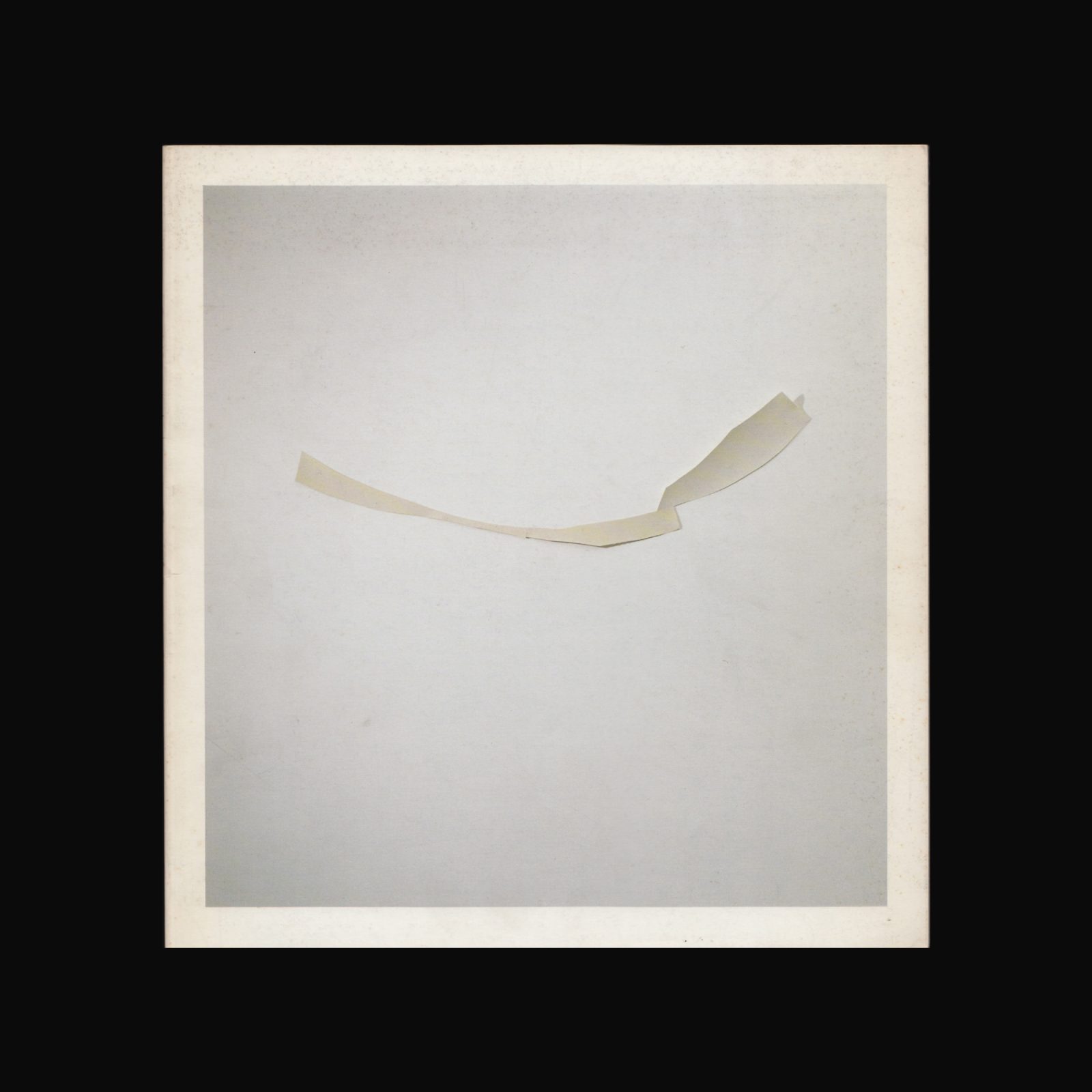

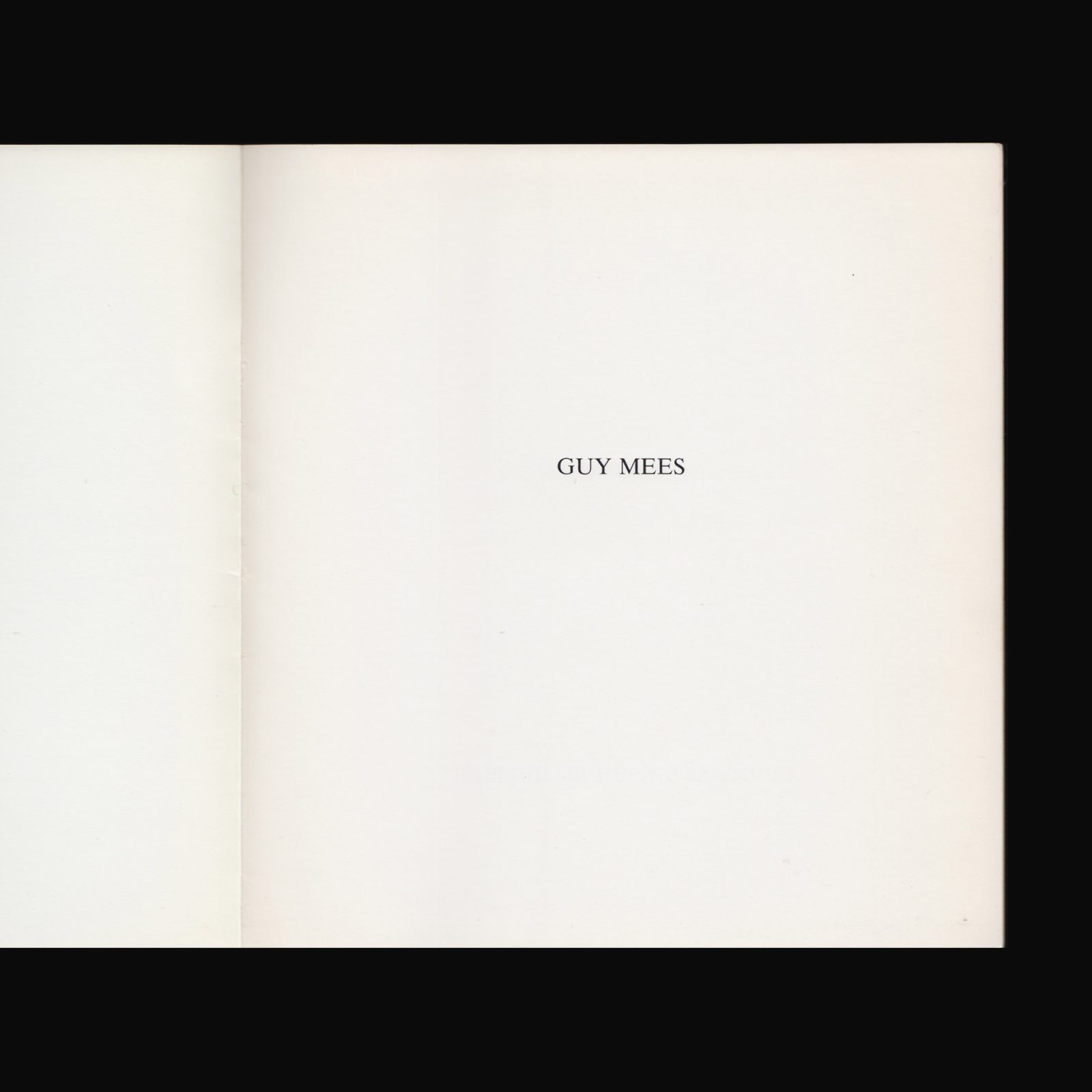
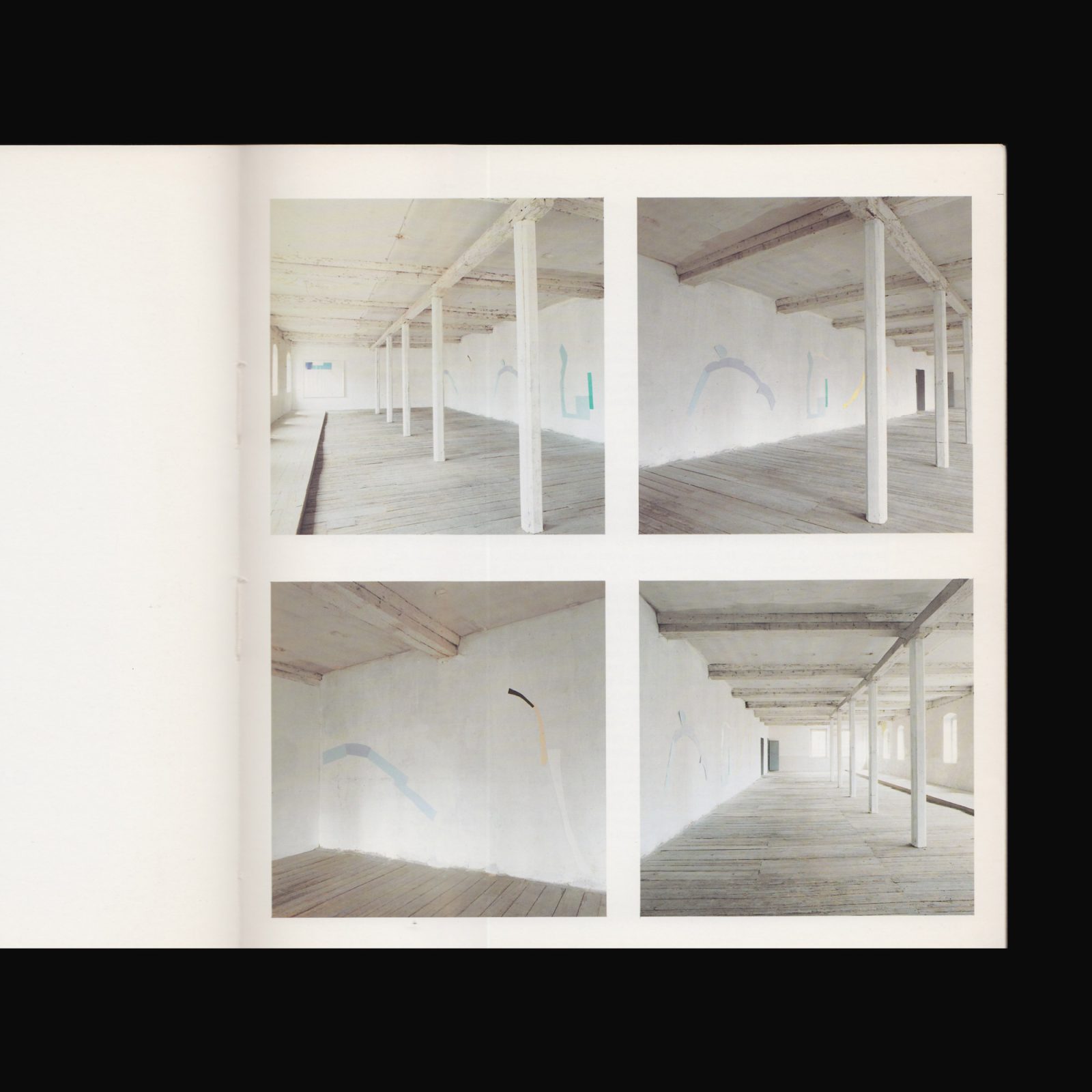
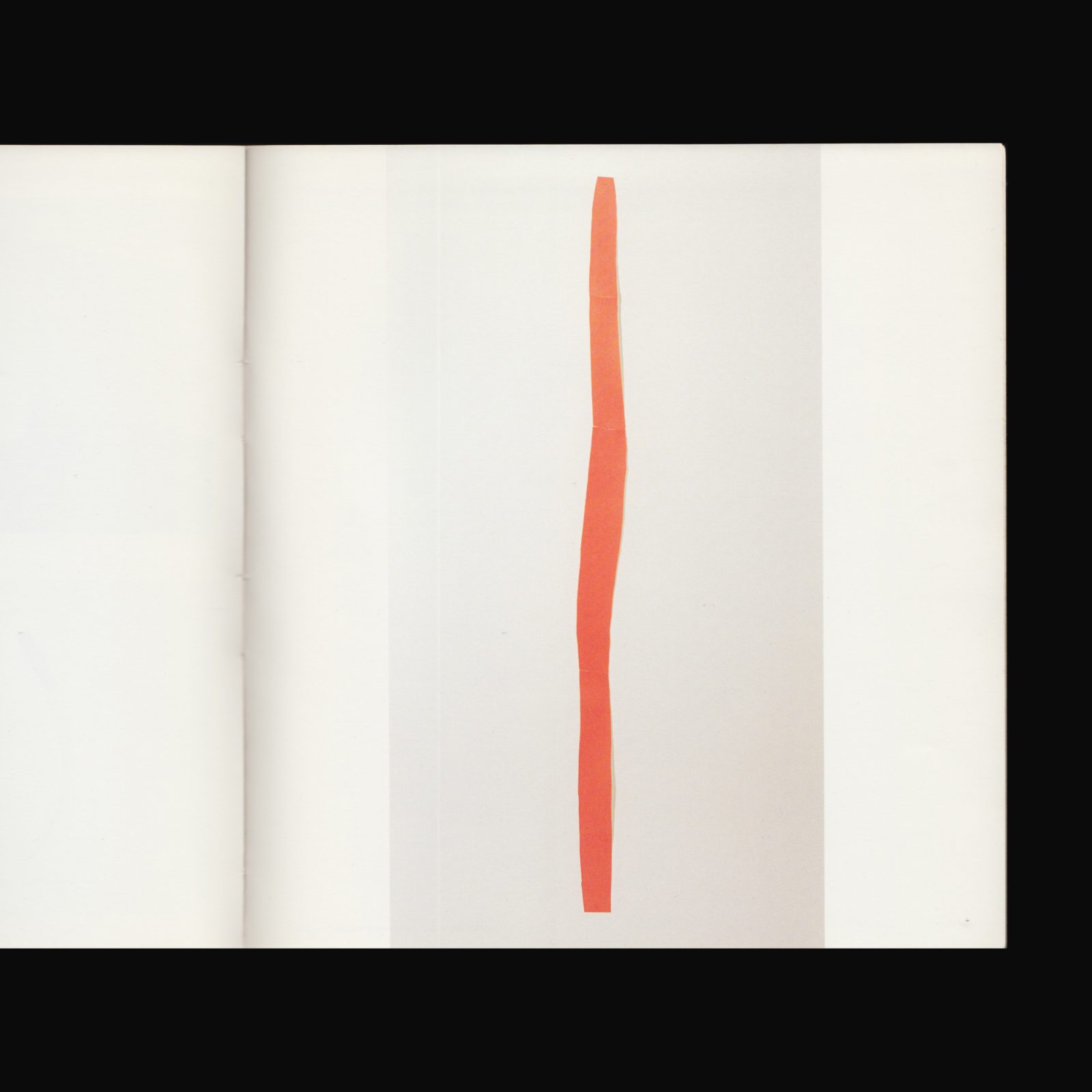
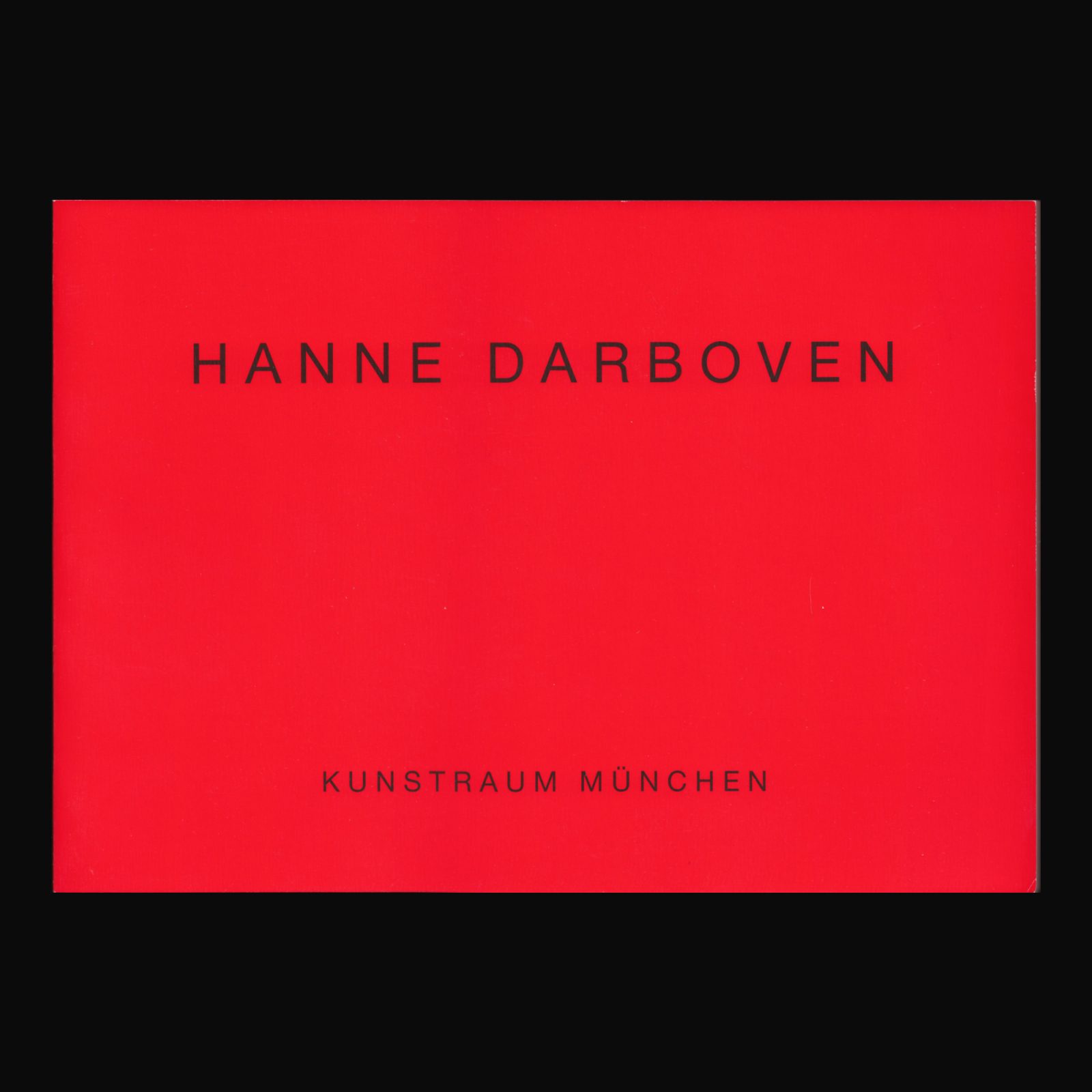


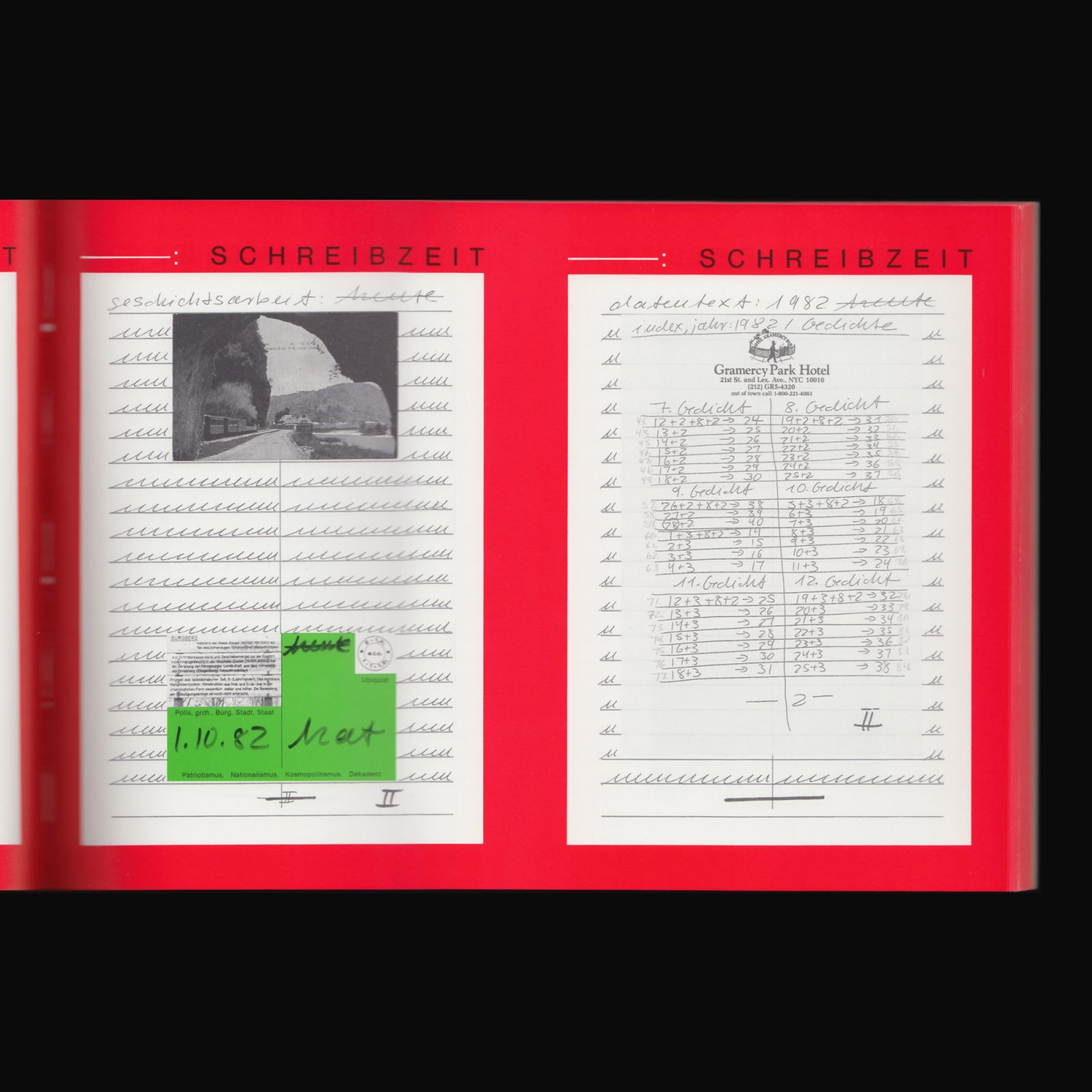
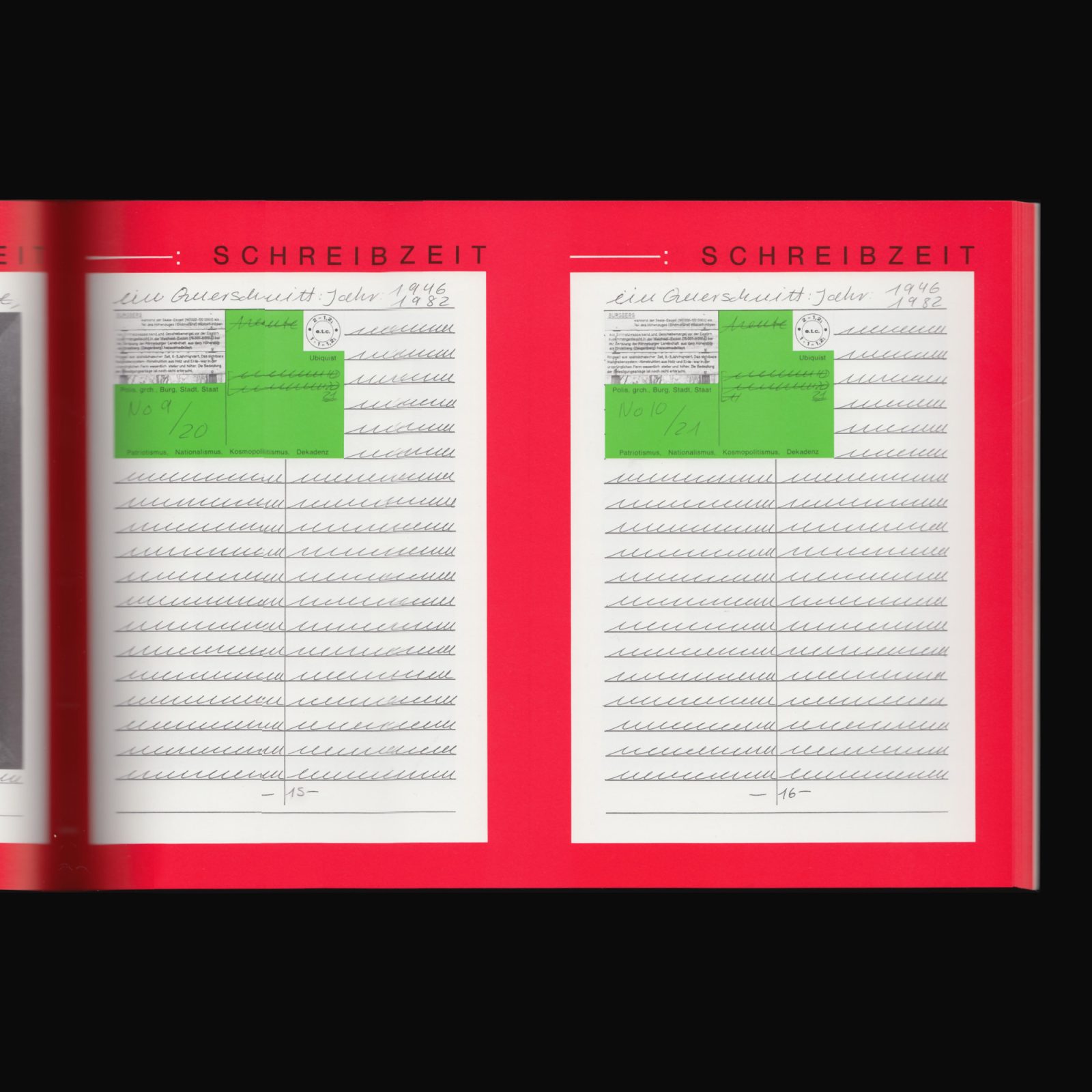
Produced on the occasion of Hanne Darboven’s exhibition Für Rainer Werner Fassbinder at Kunstraum München, 16 March–25 May, 1988. With texts by Hans Dickel and Christine Tacke.
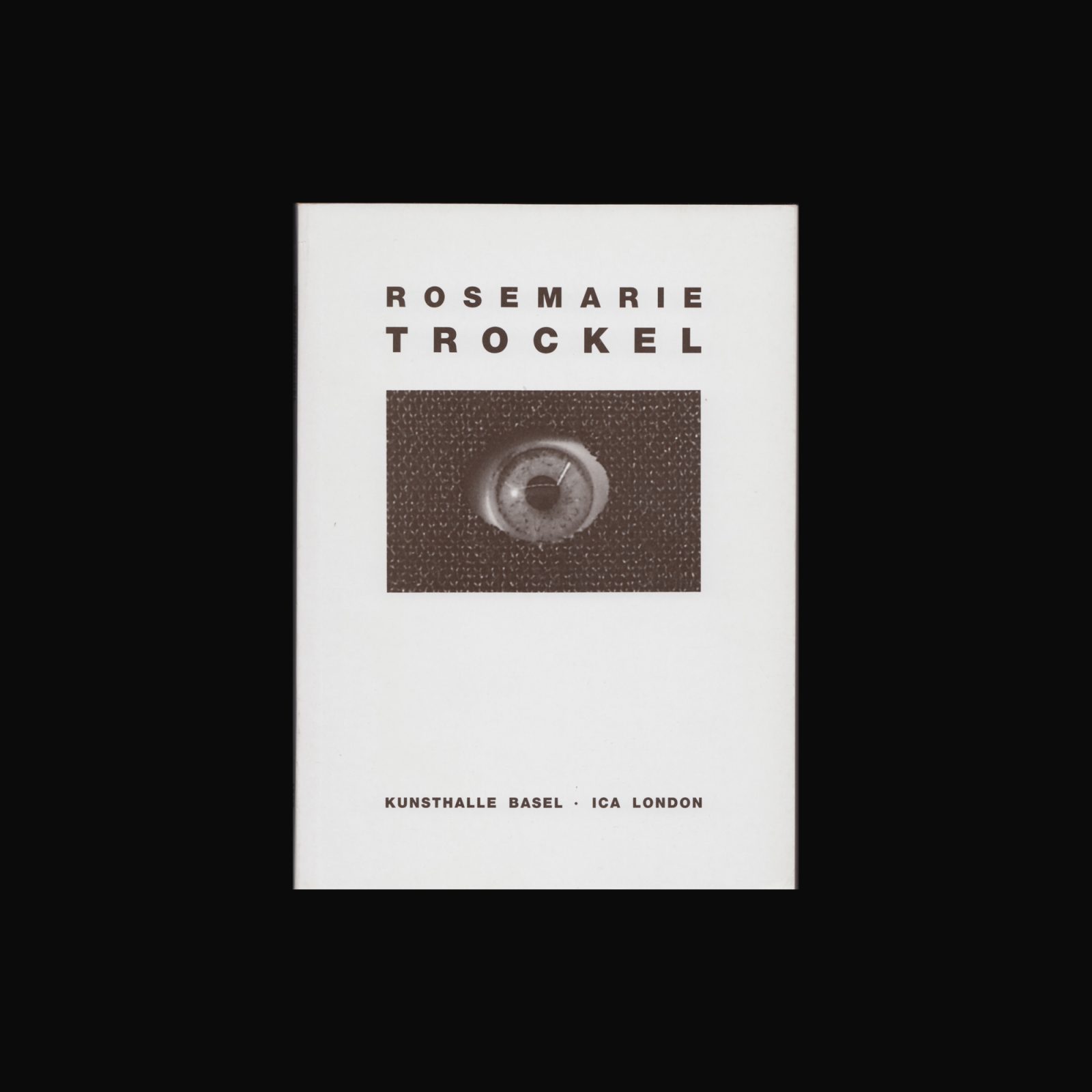

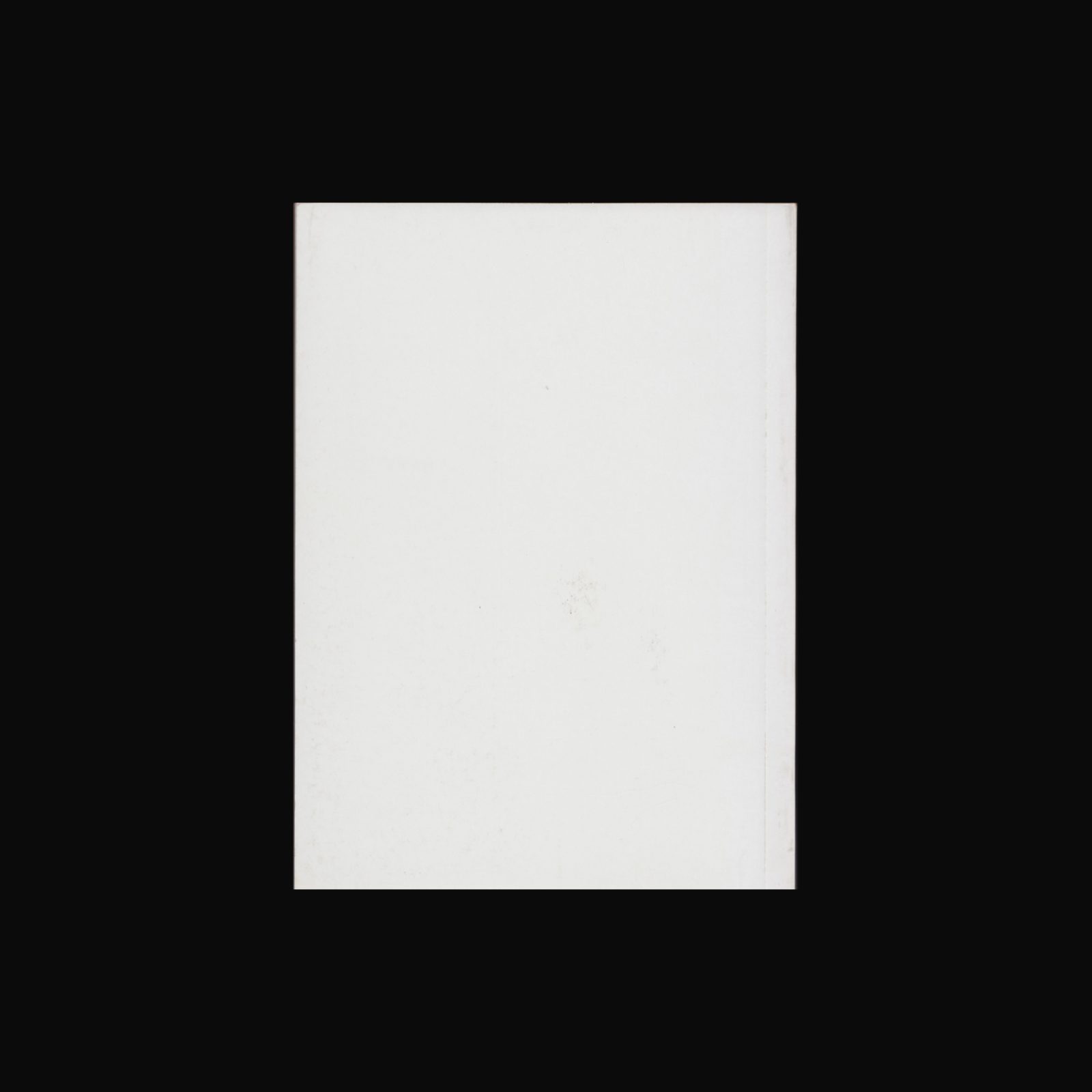
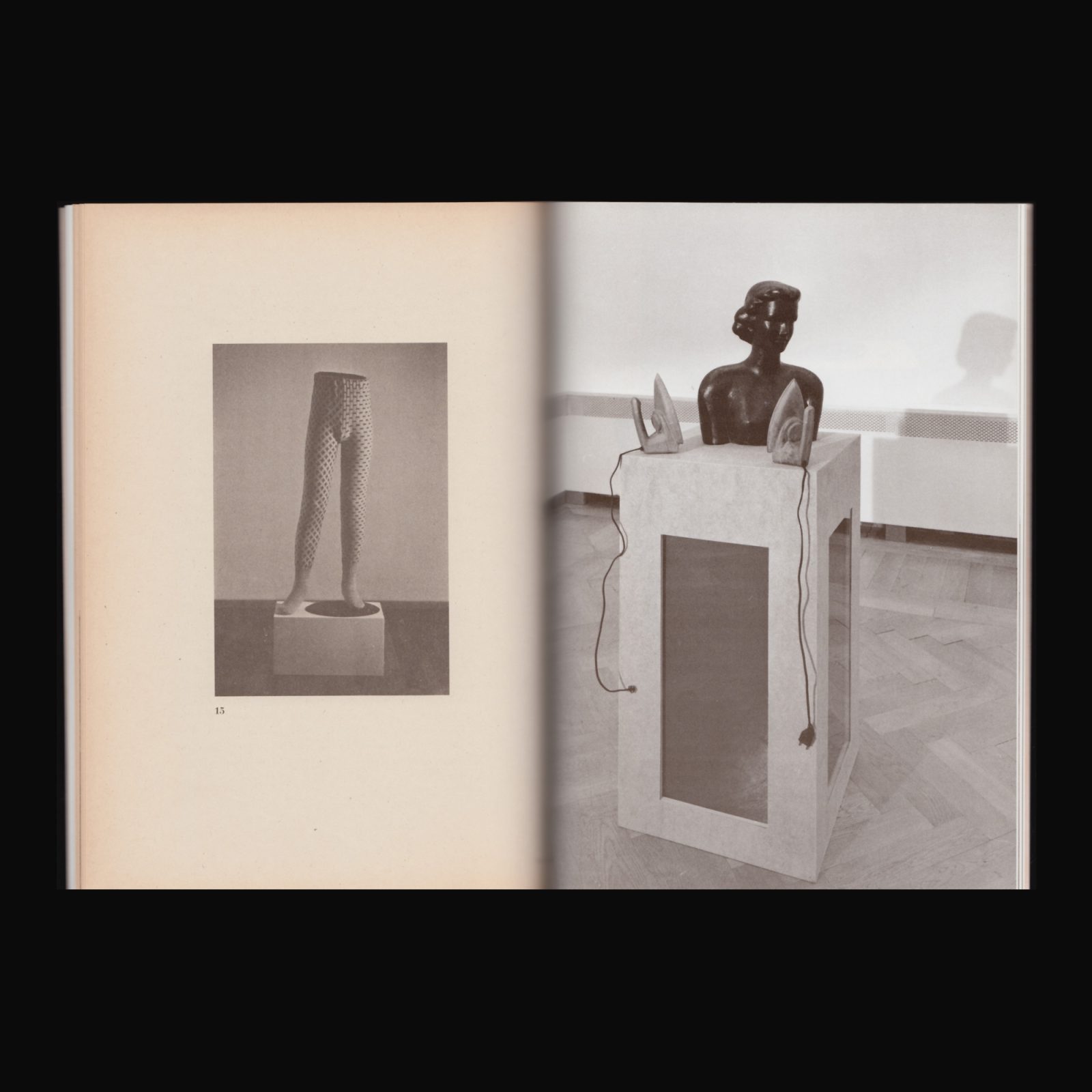
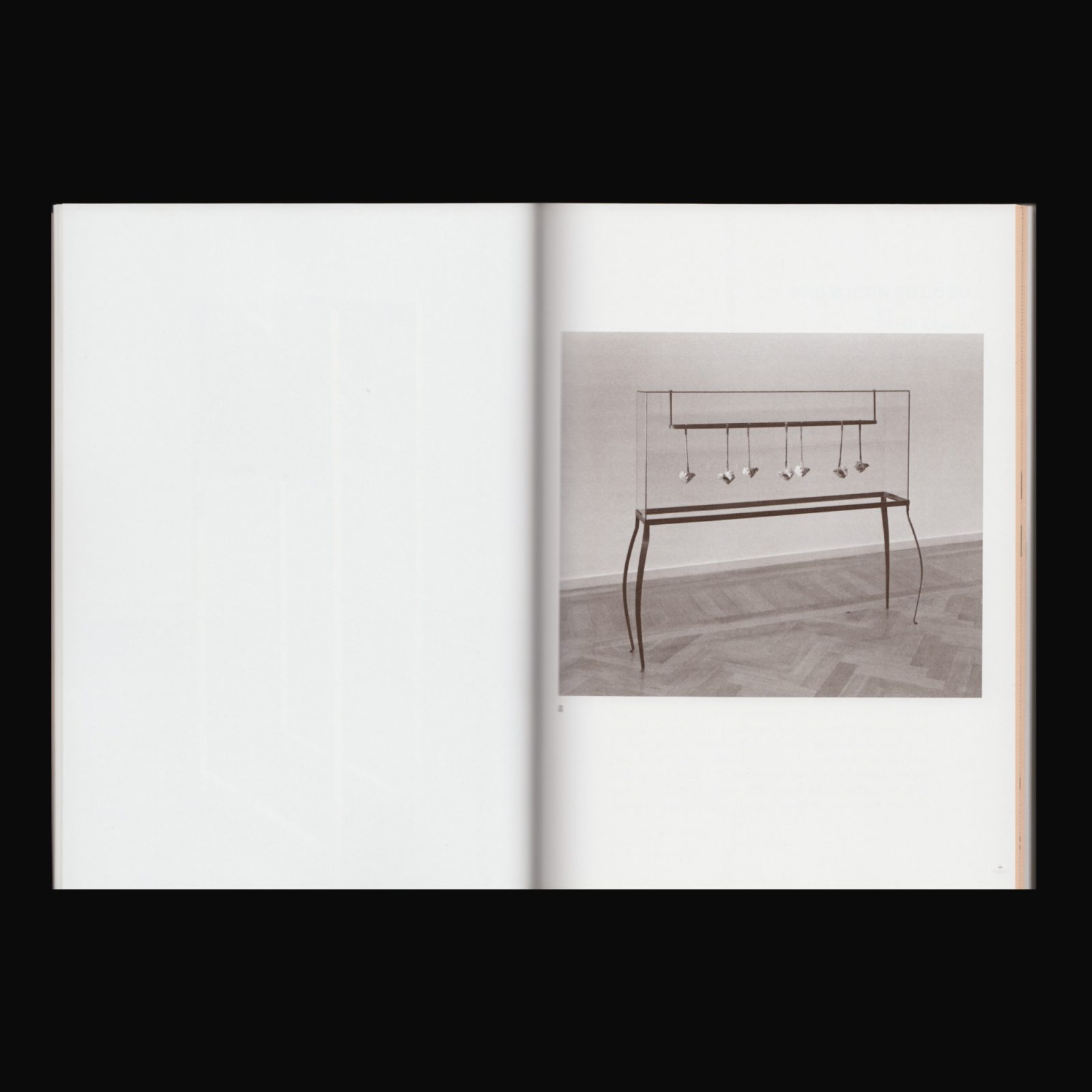
Produced on the occasion of Rosemarie Trockel’s exhibitions at Kunsthalle Basel & ICA, London in 1988. With texts by Jean-Christophe Ammann, Wilfried Dickhoff and Peter Weibel.
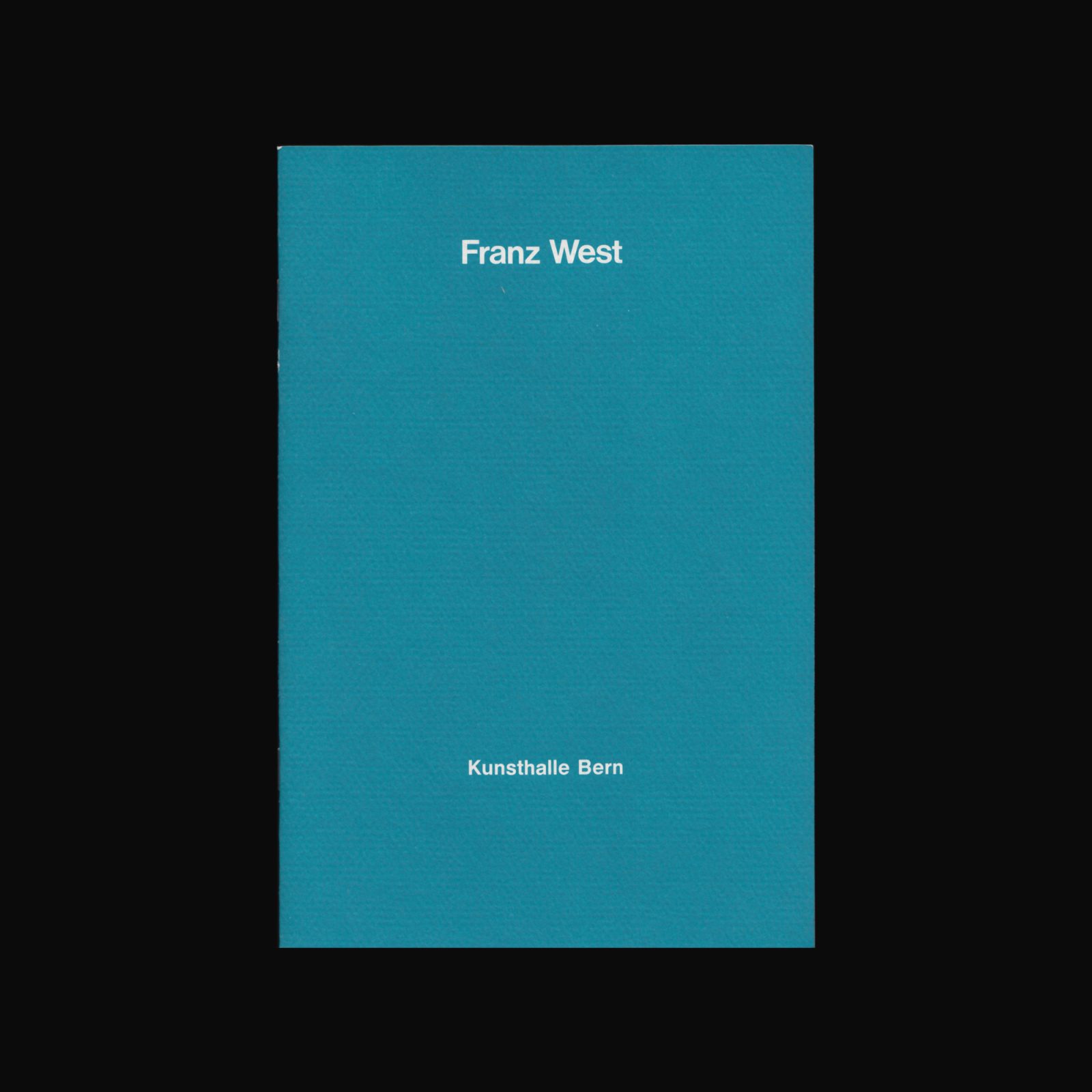

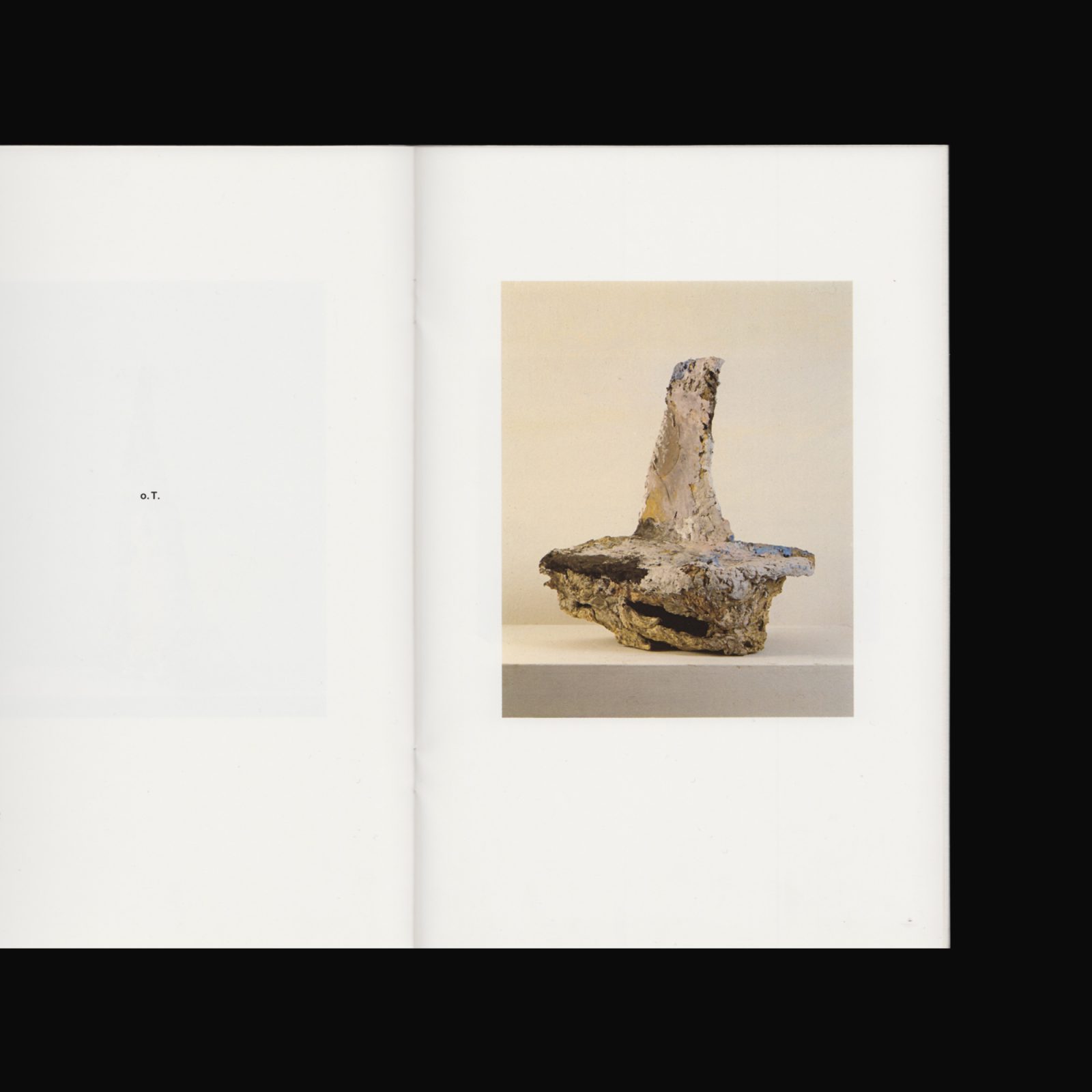
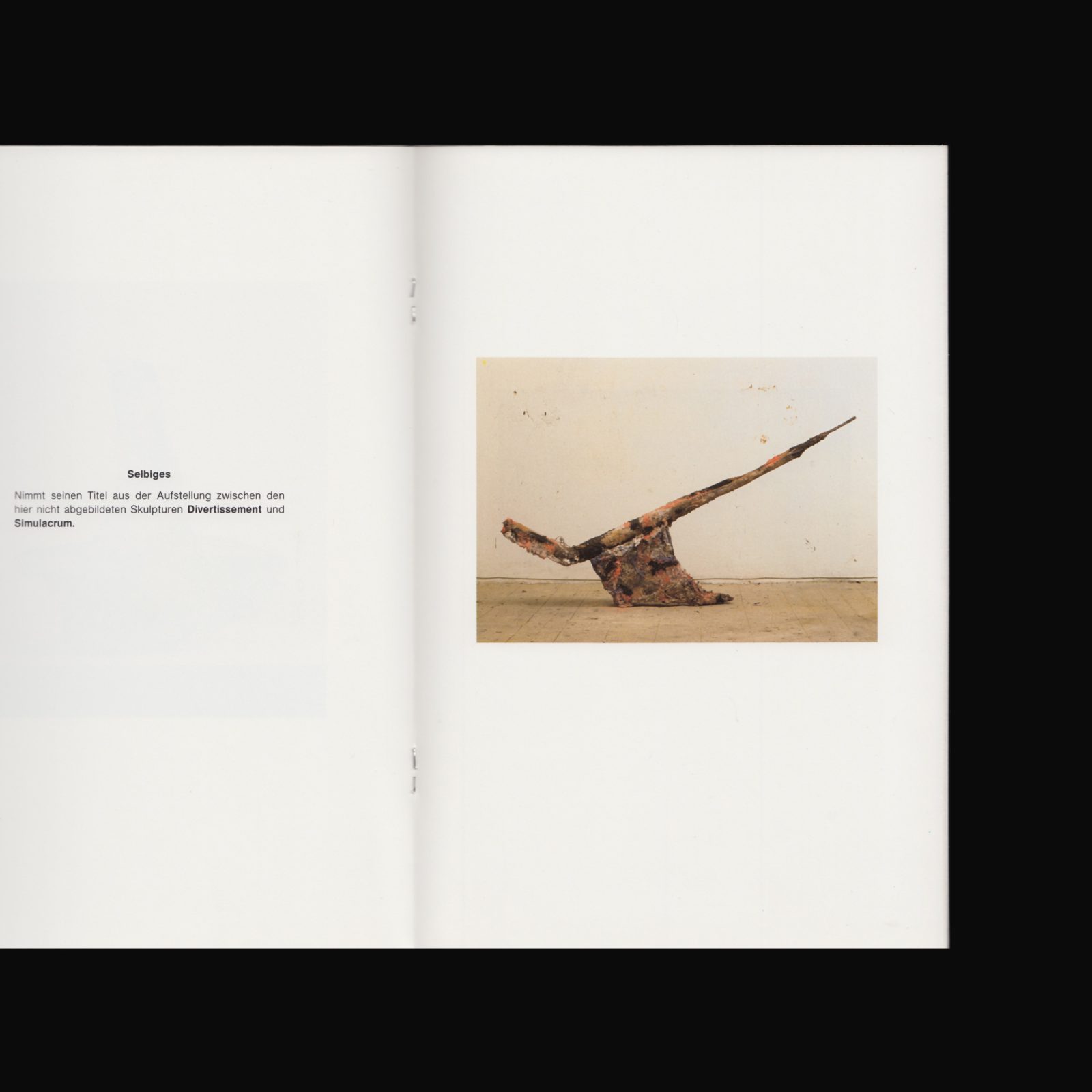
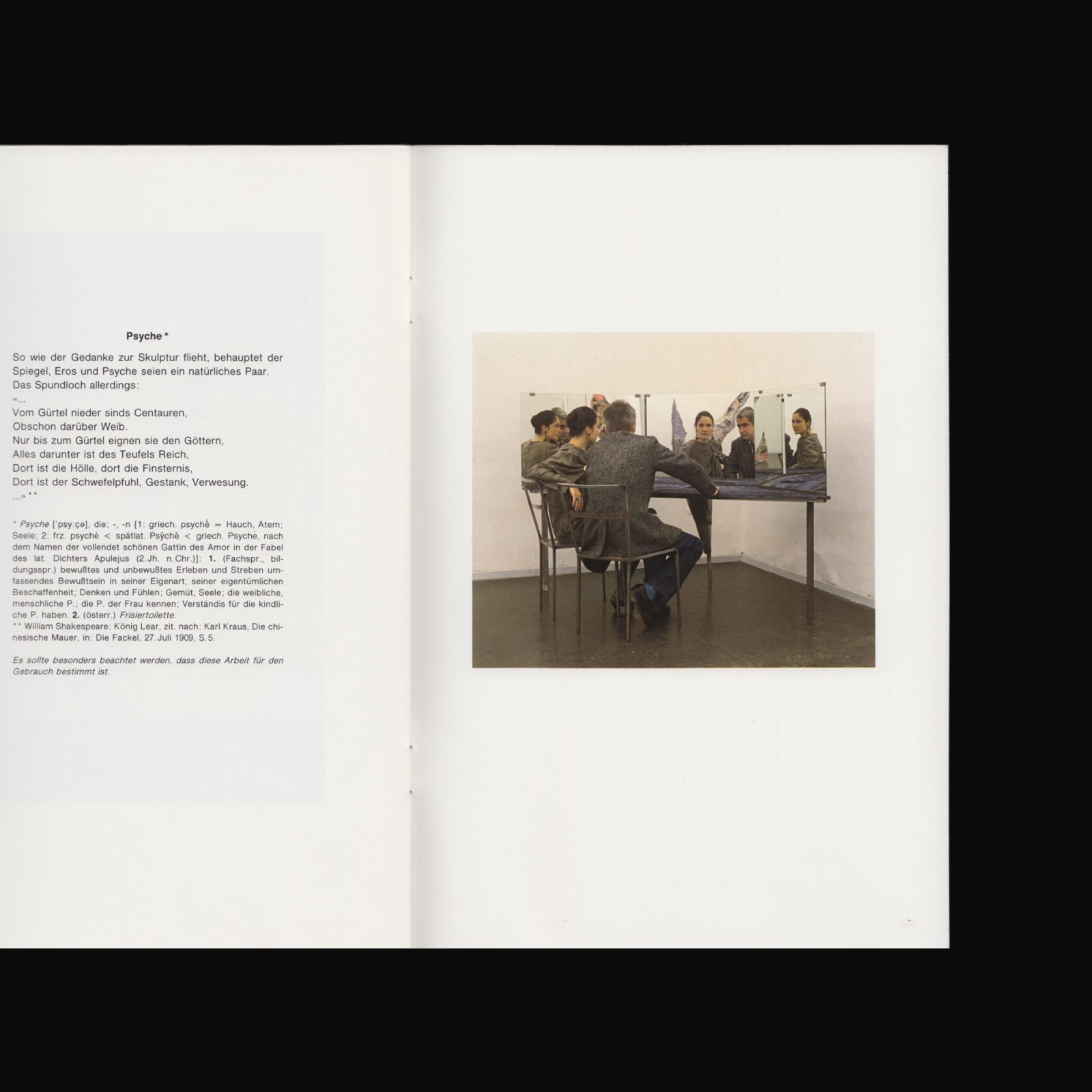
Produced on the occasion of Franz West’s exhibition at Kunsthalle Bern, 16 January–28 February, 1988. With texts by Ulrich Loock and Franz West.
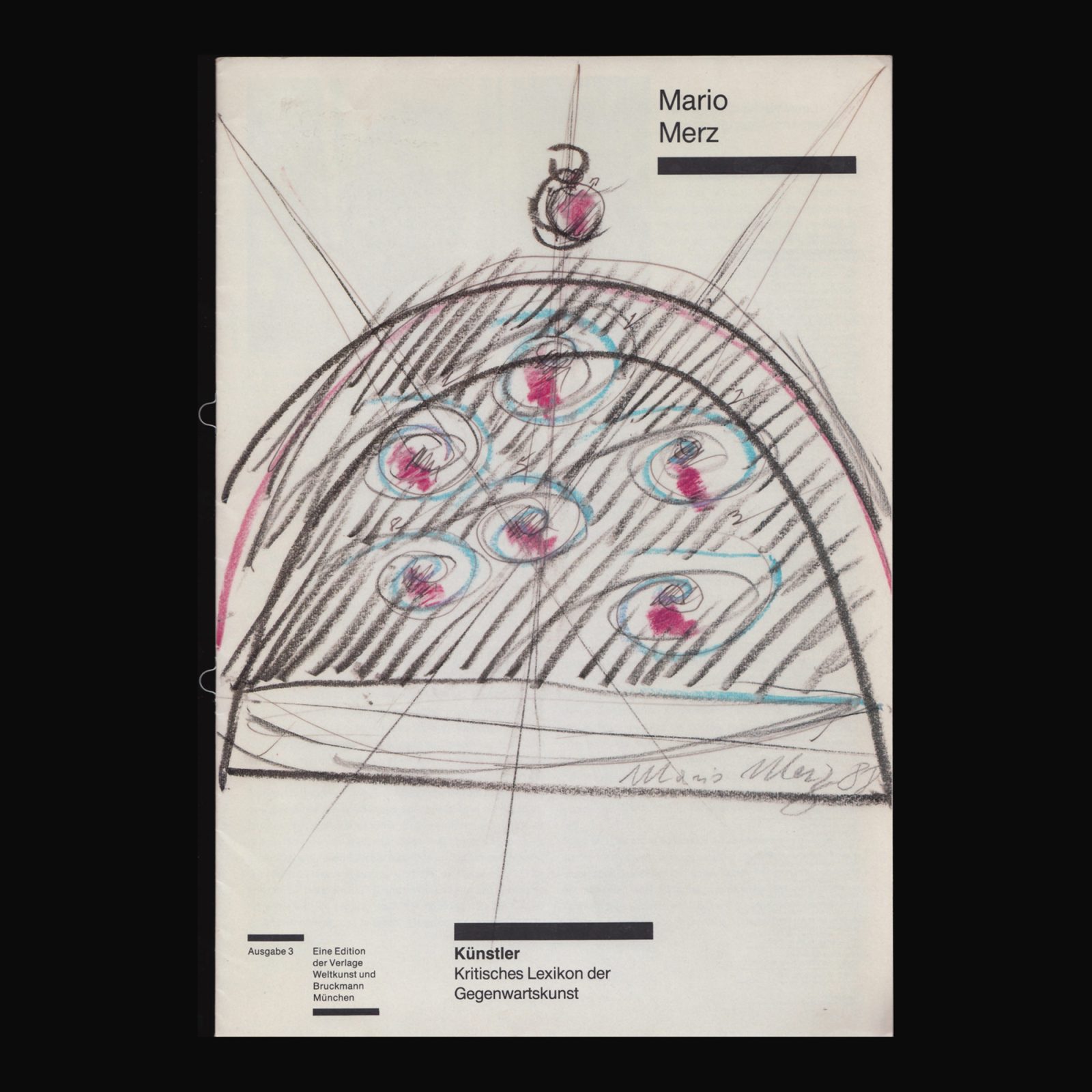
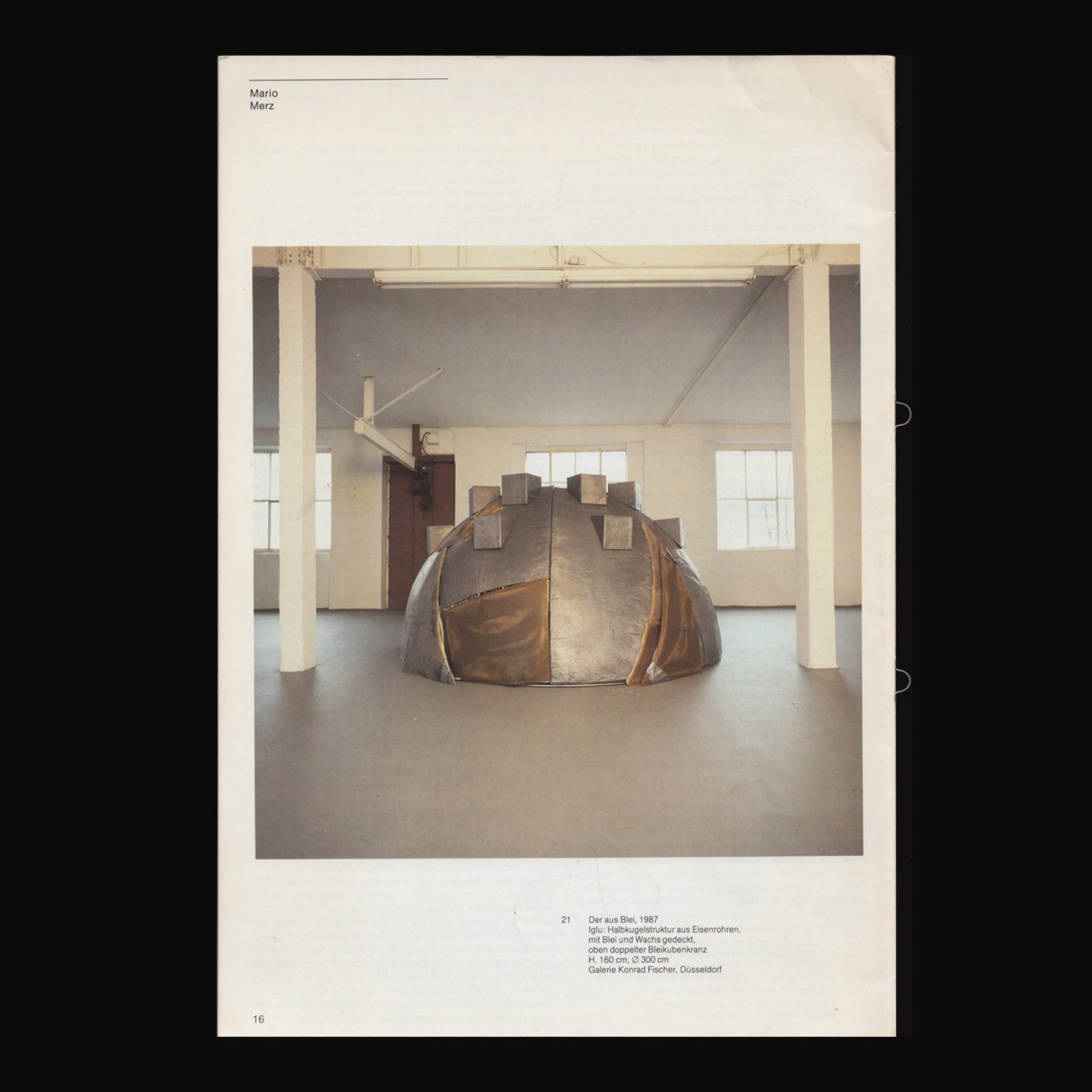
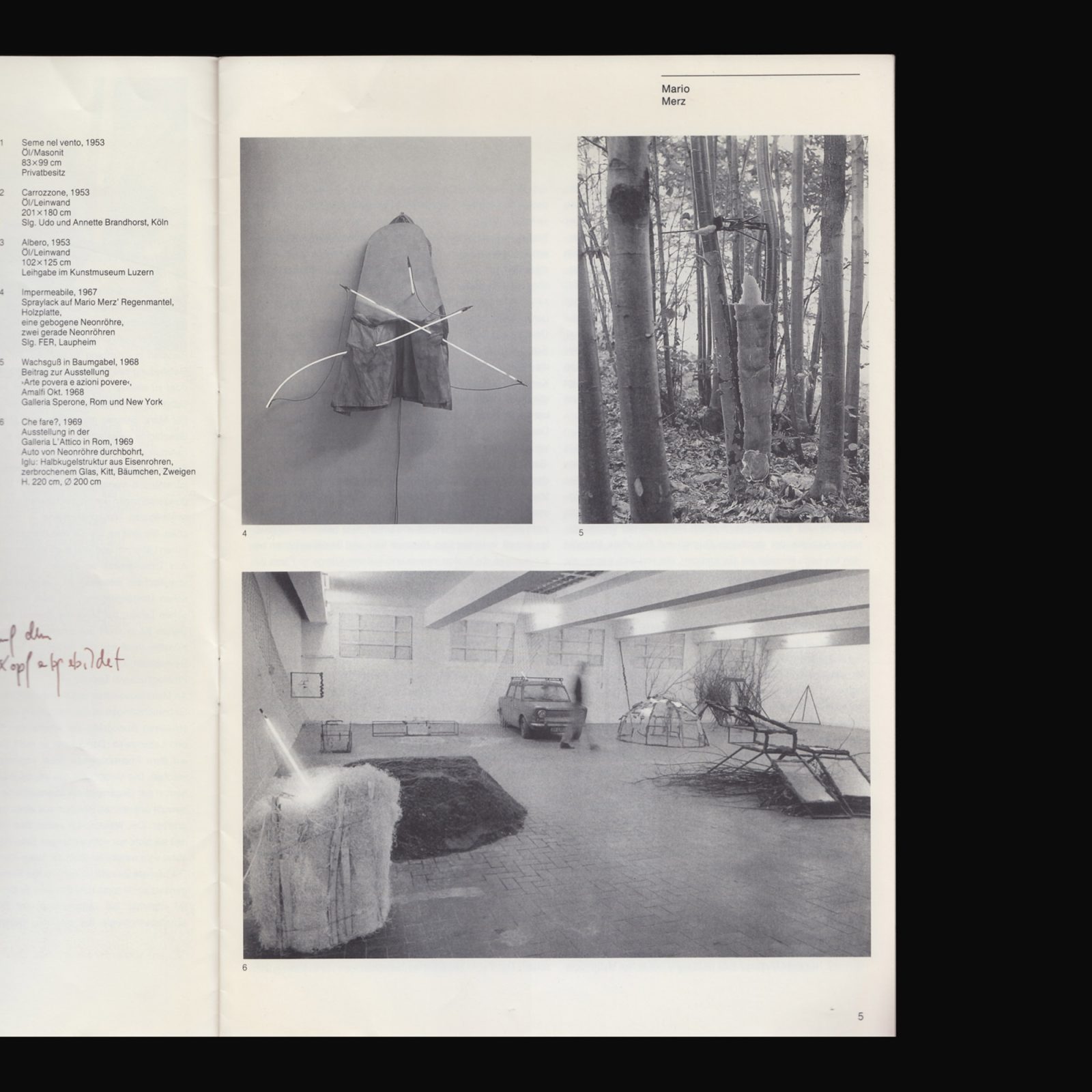
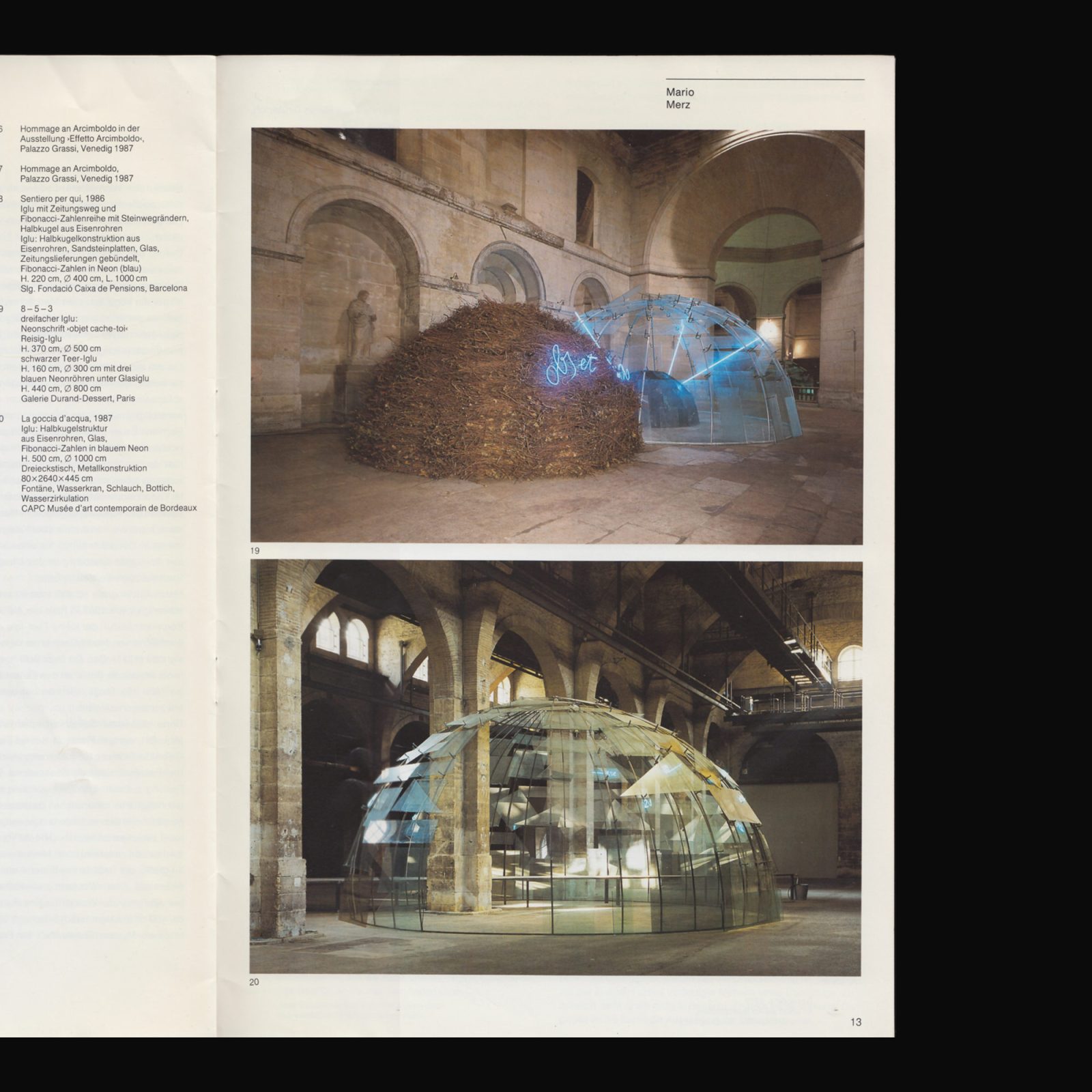
A key figure of Arte Povera, Mario Merz investigates and represents the processes of transformation of nature and human life: with in particular, the igloos, visually traceable to primordial habitations, become for the artist the archetype of inhabited places and of the world, as well as a metaphor for the various relationships between interior and exterior, between physical and conceptual space, between individuality and collectivity. These pieces are characterized by a metal structure coated in a great variety of common materials, such as clay, glass, stone, jute, and steel—often leaning or intertwined in an unstable fashion—and by the use of neon elements and wording.
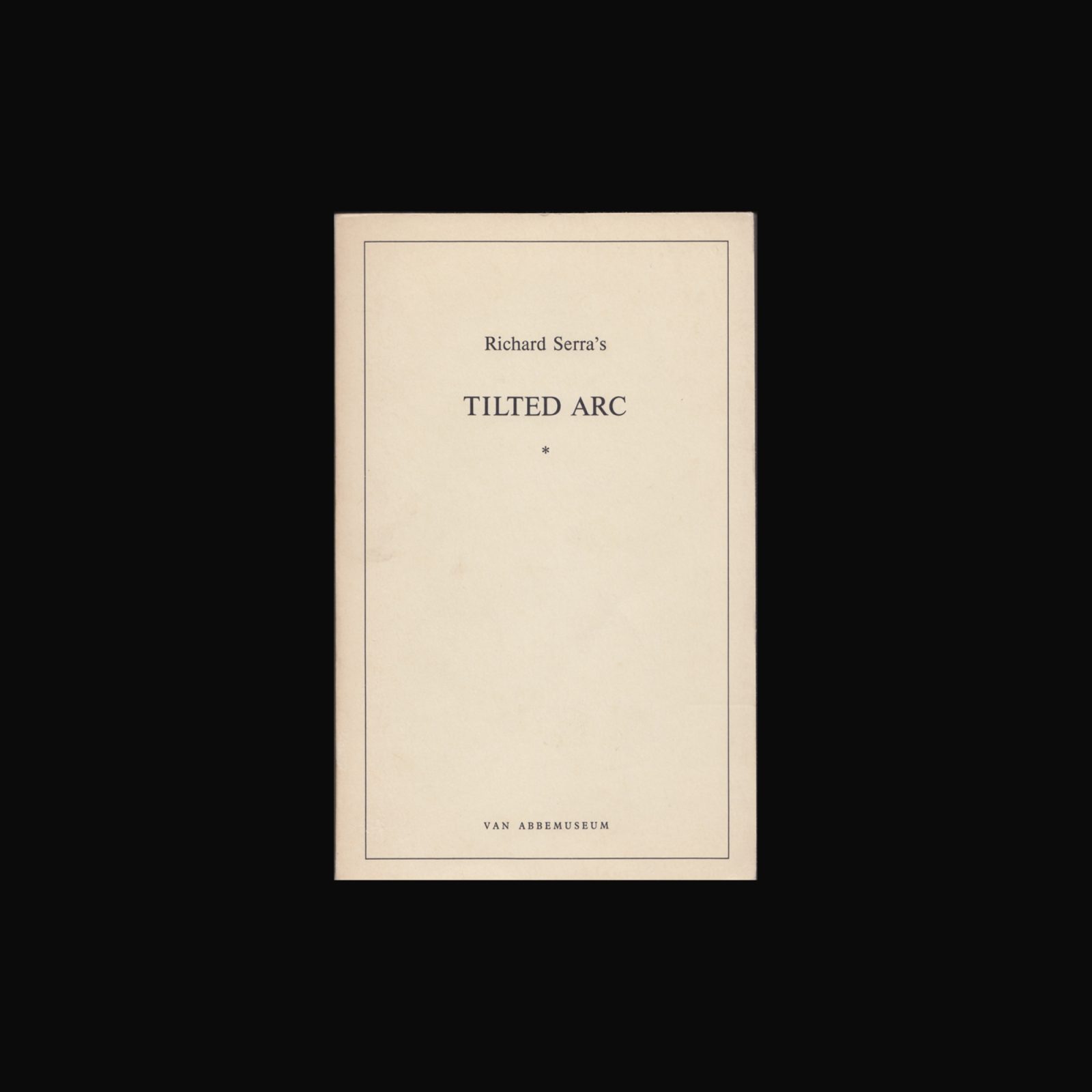


This book makes available a series of documents concerning the attempt by a United States Government Agency (the General Services Administration) to remove and thereby destroy Richard Serra’s Tilted Arc, a sculpture at Federal Plaza, New York City. A public hearing was held on the subject of the sculpture in March 1985, with 122 people testifying in favour of keeping the piece and 58 in favour of removing it. A jury of five voted 4–1 to remove the sculpture. The decision was appealed by Serra, leading to several years of litigation in the courts, but the sculpture was dismantled and placed in storage by federal workers on the night of March 15, 1989. More information here and here.